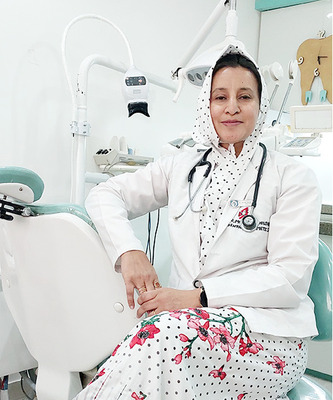What is Orofacial Pain?
Orofacial pain refers to discomfort or pain experienced in the mouth, jaw, face and neck areas. Here are two key points related to dentistry that simplify this concept for general understanding:
a. Definition and Scope
- What It Is: Orofacial pain is a specialty in dentistry focused on diagnosing and treating pain disorders affecting the jaw, mouth, face, head and neck as it supplied by trigeminal nerve which supply to the orofacial structure. This can include conditions like headaches, jaw joint pain (often related to temporomandibular disorders) and other facial pains.
b. Causes and Symptoms
- Common Causes: The pain can arise from various sources such as dental issues (like cavities), muscle tension, nerve disorders (such as trigeminal neuralgia) or even injuries. Symptoms might include sharp or dull pain, burning sensations or discomfort when moving the jaw.
Orofacial pain is closely related to trigger points and pain referrals, which are crucial for understanding its sources and treatment. Here are two key points based on the search results:
c. Trigger Points and Their Impact
- Definition: Trigger points are sensitive areas within muscles that can become tight called as muscle knots and painful due to overuse, stress or injury. In the context of orofacial pain, these trigger in muscle knots points often develop in the muscles around the jaw, face, neck and shoulders. When activated, they can cause localized pain and referred pain to other areas, such as headaches or facial discomfort.
d. Pain Referrals and Diagnosis
- Understanding Pain Patterns: Pain from trigger points can refer to different parts of the body, leading to confusion in diagnosis. For example, tension in the masseter muscle may cause pain that feels like a toothache or headache. Recognizing these referral patterns helps dentists accurately diagnose orofacial pain and tailor effective treatment strategies, such as trigger point injections or physical therapy.
Understanding orofacial pain is crucial as it encompasses a wide range of conditions that can significantly affect daily life and well-being.
Orofacial Pain is usually termed to be idiopathic or somatized.
Orofacial pain is often categorized as idiopathic or somatized pain, meaning its exact cause is unclear or not linked to any identifiable physical condition. Here are key points regarding this classification:
a. Definition of Idiopathic Pain
• No Observable Cause: Idiopathic orofacial pain refers to facial pain that persists without any discernible pathology or organic cause. This type of pain can manifest in various forms, such as a typical facial pain or burning mouth syndrome and is often experienced as real by patients despite the absence of a clear diagnosis.
b. Somatization and Psychological Factors
• Psychological Connections: Some patients with idiopathic orofacial pain may have underlying psychological factors contributing to their symptoms. This can lead to the perception of pain without a physical cause, making it essential for healthcare providers to consider both physical and mental health aspects when diagnosing and treating these conditions.
c. Real Sensations: Even though there is no observable pathology, the pain experienced by patients is very real and can significantly impact their quality of life.
d. Complex Diagnosis: The diagnosis of idiopathic orofacial pain can be challenging due to the overlap with other types of facial pain and the need to exclude known dental issues.
e. Need for Comprehensive Management: Effective management often requires a multidisciplinary approach, addressing both the physical and psychological aspects of pain to improve patient outcomes.
How is Orofacial Pain is Diagnosed?
a. Detailed Patient History
- Understanding Symptoms: The dentist collects information about the patient's pain, including when it started, how long it lasts, what makes it better or worse and any other related symptoms. This helps identify whether the pain is linked to dental issues or other causes, such as muscle tension or nerve problems.
b. Physical Examination and Imaging
- Assessing the Pain: The dentist conducts a thorough examination of the jaw, mouth and neck, checking for trigger points in the muscles that might refer pain to other areas. Imaging tests like X-rays, MRI, electromyography or CT scans may also be used to rule out dental problems or structural issues contributing to the pain.
When should I seek evaluation for orofacial pain?
You should seek evaluation for orofacial pain in the following situations:
a. Persistent or Severe Pain in Orofacial Pain
- When to Act: If you experience ongoing tooth pain that lacks a clear cause, such as cavities or gum disease, it's important to consult a dentist. This type of pain may indicate issues like nerve problems or muscle tension rather than dental issues.
b. Pain Accompanied by Other Symptoms in Body
- Additional Signs: If your orofacial pain is accompanied by symptoms like Migraine, headaches, high blood pressure, stoke, cardiovascular disease, swelling or difficulty moving your jaw, you should seek evaluation. These signs can suggest more serious conditions that require professional assessment and treatment.
a. Worsening Dental Conditions
- Progression of Issues: Untreated orofacial pain, such as from dental caries, can escalate into more severe conditions like pulpitis (inflammation of the dental pulp) or abscesses of multiple teeth. This not only increases pain but can also lead to more complex and costly treatments later on Full Mouth Rehabilitation, Multiple RCTs, including tooth extraction or surgery.
b. Chronic Pain Development
- Long-term Effects: Ignoring orofacial pain can result in chronic pain conditions that are harder to manage. This can affect daily activities, cause emotional distress and lead to missed work or social interactions due to persistent discomfort
Myth: Orofacial Pain is a normal part of aging!
The myth that orofacial pain is a normal part of aging is misleading. Here are two key points to clarify this misconception:
a. Pain Can Be Overcome
- Understanding Pain: Orofacial pain is not a natural or expected part of getting older. Many studies show that while chronic pain can be common in older adults, it is not universal and many people experience less pain as they age. Pain should be evaluated and treated rather than accepted as a normal aging process.
b. Importance of Treatment
- Seeking Help: Believing that orofacial pain is normal can lead to neglecting dental health and delaying necessary treatment. Ignoring orofacial pain can lead to serious health issues, including increased risk of cardiovascular problems, hypertension and conditions like fibromyalgia and myalgia. Delaying treatment can worsen these conditions and lead to more complex health challenges that require extensive care. which could have been managed effectively if addressed early on.
Myth: Orofacial Pain will go away on its own!
The myth that orofacial pain will go away on its own is misleading. Here are two key points to clarify this misconception:
a. Potential for Chronic Pain
Risk of Persistence: Orofacial pain often does not resolve without treatment and can become chronic if ignored. Conditions like temporomandibular disorders (TMD) or dental issues may worsen over time, leading to more severe pain and complications that require professional intervention.
b. Importance of Early Evaluation
Need for Professional Help: Delaying treatment can result in increased discomfort and more complex problems. Seeking evaluation early can help identify the cause of the pain and allow for effective management strategies, preventing further deterioration of the condition.
Why Choose Migradent for Orofacial Pain?
Dr. Sarrah Husain at MIGRADENT brings extensive experience and expertise in orofacial pain management. With a patient-centered approach, she aims to accurately diagnose the underlying cause of orofacial pain and develop personalized treatment plans for effective pain relief, improved oral health, and enhanced overall well-being.

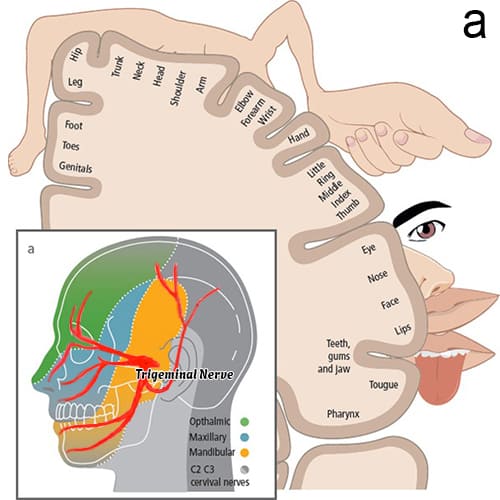
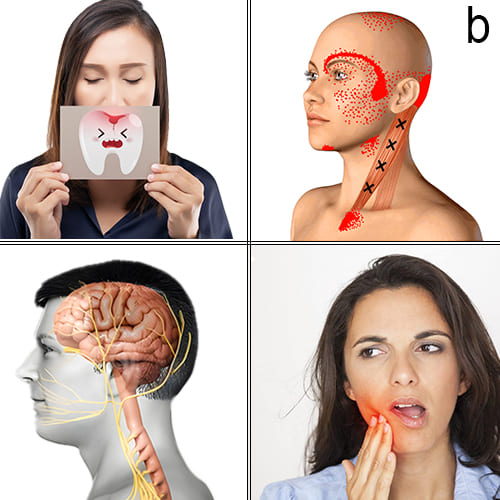
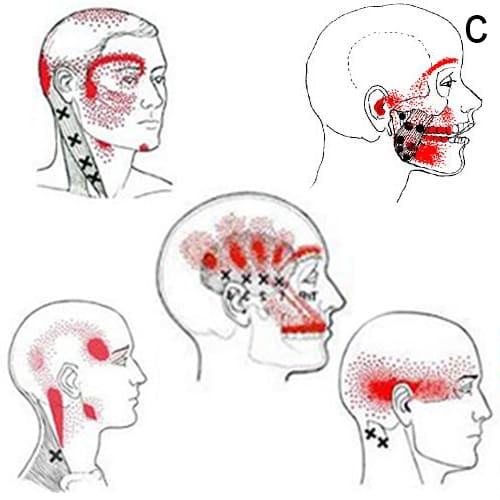
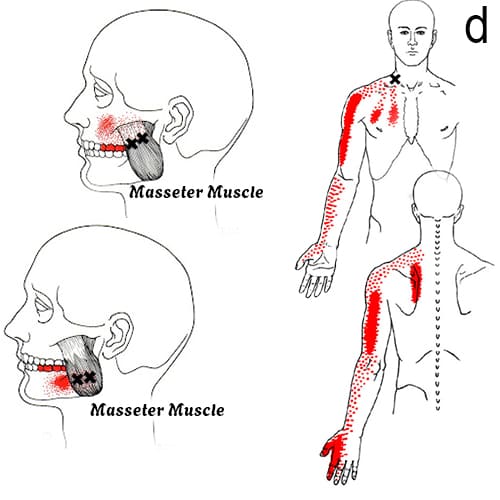
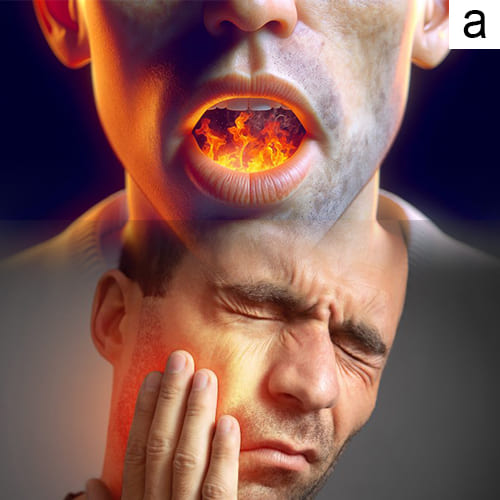



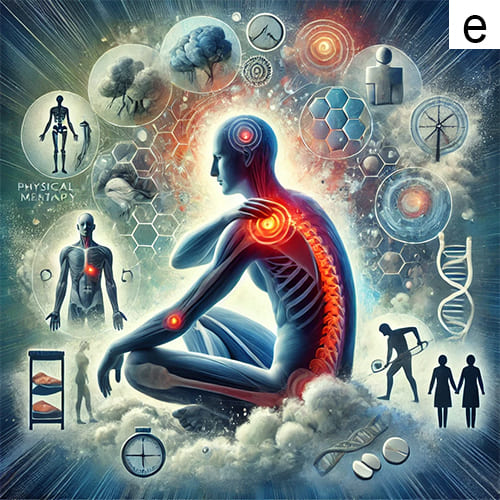

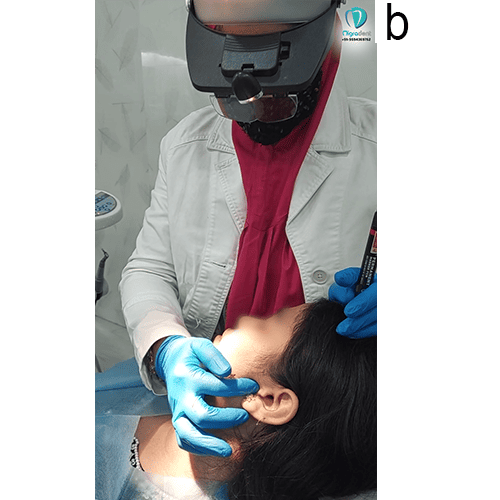
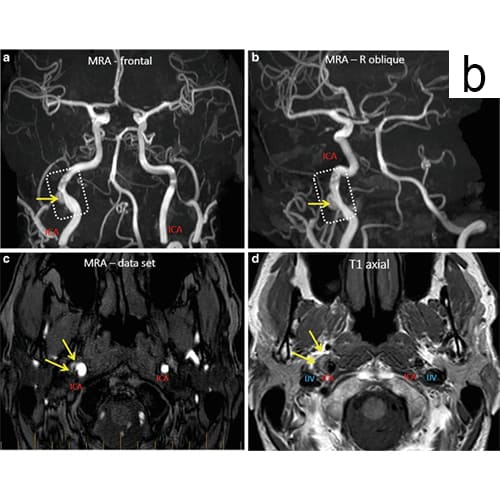

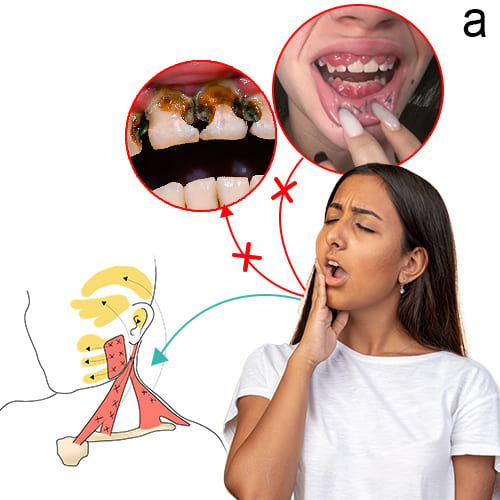
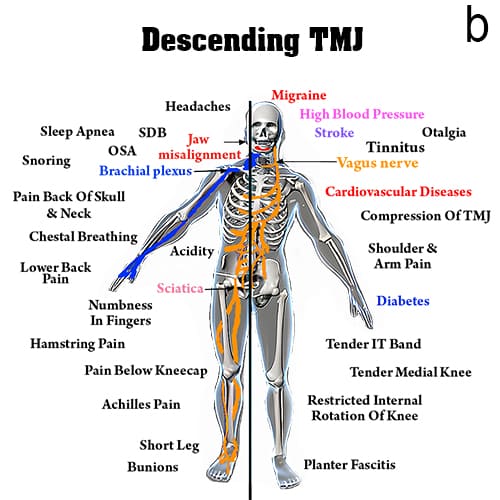
.jpg)
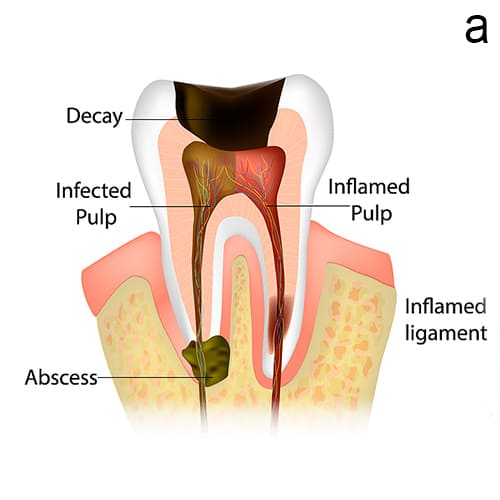
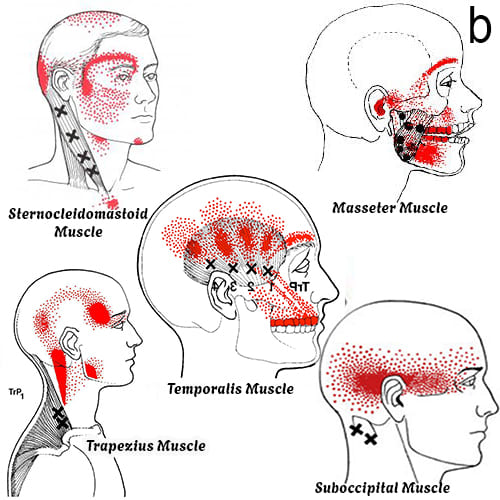
.jpg)

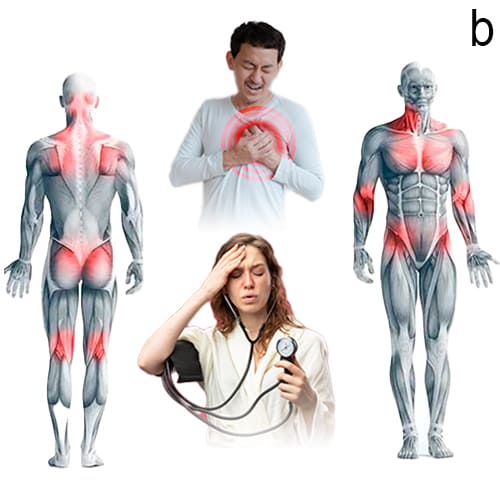
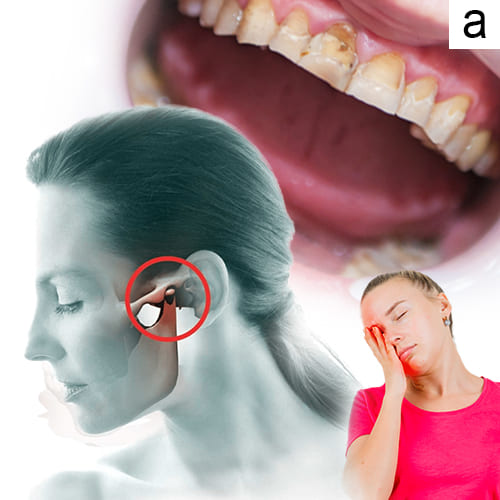
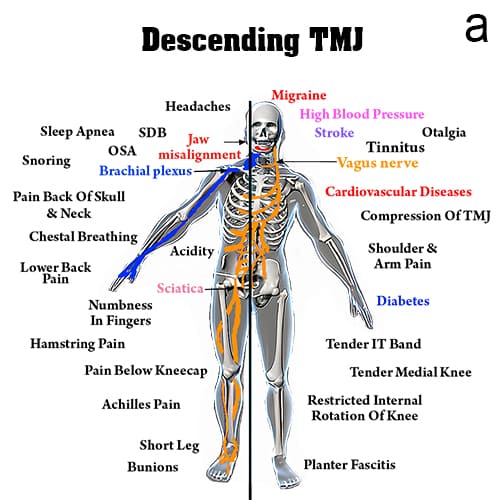
.jpg)
